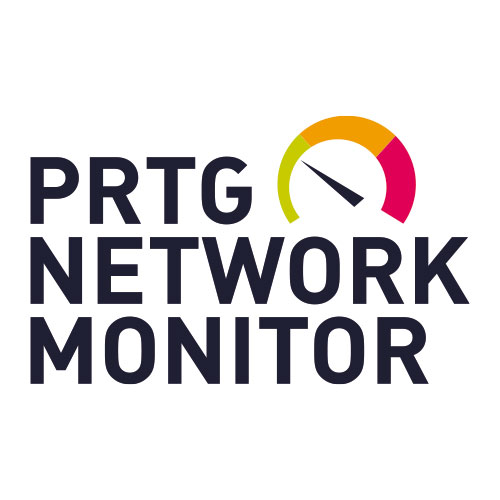
Overview

Product video
PRTG monitors all the systems, devices, traffic, and applications in your IT infrastructure. Everything is included, there is no need for additional plugins or downloads! PRTG is a powerful and easy-to-use solution, which is suitable for businesses of all sizes. Should you be interested in a PRTG Server hosted by Paessler, please find out more on https://www.paessler.com/prtg-hosted-monitor .
Highlights
- "SNMP: ready-to-use and custom options WMI and Windows Performance Counters SSH: for Linux/Unix and macOS systems Traffic analysis using flow protocols or packet sniffing HTTP requests REST APIs returning XML or JSON Ping, SQL, and many more"
- "Create dashboards with the PRTG map designer, and integrate all your network components using more than 300 different map objects such as device and status icons, traffic charts, top lists, and more. "
- PRTG comes with many built-in mechanisms for notifications, such as email, push, or HTTP requests. With our free apps for Android and iOS, you can get push notifications delivered directly to your phone.
Details
Introducing multi-product solutions
You can now purchase comprehensive solutions tailored to use cases and industries.

Features and programs
Buyer guide

Financing for AWS Marketplace purchases

Pricing
Vendor refund policy
Please check our terms and conditions: https://www.paessler.com/terms-conditions
How can we make this page better?

Legal
Vendor terms and conditions
Content disclaimer
Delivery details
64-bit (x86) Amazon Machine Image (AMI)
Amazon Machine Image (AMI)
An AMI is a virtual image that provides the information required to launch an instance. Amazon EC2 (Elastic Compute Cloud) instances are virtual servers on which you can run your applications and workloads, offering varying combinations of CPU, memory, storage, and networking resources. You can launch as many instances from as many different AMIs as you need.
Version release notes
Additional details
Usage instructions
- Launch the product via 1-click.
- Find the instance in the AWS console and copy the instance's public IP from the details there.
- Access the application via web browser with the public ip of your instance http://public_ip (NOTE: Has to be HTTP, not HTTPS; for setting up SSL please see https://www.paessler.com/manuals/prtg/using_your_own_ssl_certificate )
- Login using the username 'prtgadmin' and for the password use the the instance_id of the instance with a capital I at the beginning as the password. e.g. I-1234 instead of i-1234
- To receive notifications from PRTG, please change the email for the prtgadmin account by going to Setup - Account Settings - My Account (Optional)
- There you can also change the password for your PRTG installation if you'd like. (Optional)
- For all other directions about using your instance, please refer to our user manual https://www.paessler.com/manuals/prtg . There are also lots of videos on https://www.paessler.com/learn/videos explaining several aspects of PRTG.
Support
Vendor support
AWS infrastructure support
AWS Support is a one-on-one, fast-response support channel that is staffed 24x7x365 with experienced and technical support engineers. The service helps customers of all sizes and technical abilities to successfully utilize the products and features provided by Amazon Web Services.
Similar products



